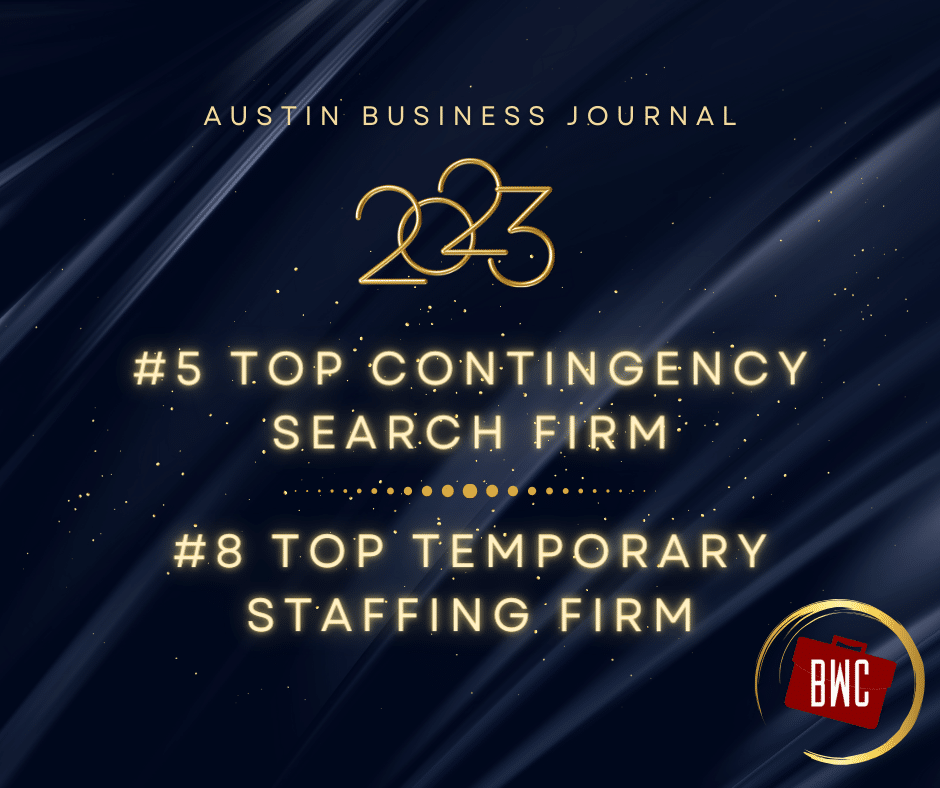Our hiring manager Sally is just about to interview Bob, a great candidate on paper, already vetted (3 stars!) by the Talent Acquisition (T/A) team, and Sally really needs to fill this position yesterday. Bob arrives a couple of minutes later, they exchange introductions, make some small talk for a few minutes, and then…it happens.
Sally just knows that, “Bob’s not the guy.” She can’t quite put her finger on it, but she just can’t get past that feeling – so she switches onto autopilot for the rest of the interview, closes politely, then tosses the resume into the circular file. She just can’t see Bob in the position – he’s not the guy. 
How did we get here? His resume looks great, the T/A team loved him, he’s done very similar work before and should be a slam dunk. But from that first handshake and 3 minutes of conversation, the hiring manager got a bad impression of him, so he’s out. She’ll give T/A some unusable feedback about personality or fitting in with the team, and everyone loses: Sally’s position is still unfilled, the candidate is still looking, Sally’s team is still frustrated with having to cover that opening, and T/A doesn’t know what really happened or how to source/screen differently with future candidates.
This happens every day in virtually every company. Think this is overstated? Ask yourself to recall a time when something similar has happened to you – in a hiring situation, a new coworker, or a friend of a friend. You meet someone, form an immediate negative impression, and it’s downhill from there. From that point, you’re likely to look for information that confirms your initial impression, and you write off the person as a “no thanks” on your next party invitation list.
When this happens in non-work situations, it’s unfortunate, but when it happens in professional settings, it can exacerbate ongoing staffing issues and lead to other negative consequences throughout the organization. How about disgruntled work teams struggling to cover an empty position for a longer period, frustrated hiring managers who don’t understand why T/A just can’t get it right and “send me the right person,” and super frustrated T/A staff who submitted a candidate who lines up perfectly with the hiring profile but is still a “no,” and their Time to Fill metrics are in the tank, particularly for Sally’s roles.
Ready for the shocker? The very same thing happens from the candidate’s side. In our story above, perhaps it’s Bob who thinks that “there’s no way I would work with Sally” and turns down a strong offer for that reason. In today’s economy, candidates are largely calling the shots – even if some hiring managers refuse to recognize that reality. Candidates are interviewing companies and managers, too.
Our friends at Forbes looked at how candidates make decisions about accepting (or continuing to pursue) jobs based on first impressions. The key findings of a study of 9,000 candidates and when they decide whether to continue in the process or stop, accept or decline:
- 20% decide interest based on the first communication with someone about the job
- 17% decide within the first 5 minutes of an interview
- Around 50% decide after the first interview
- < 10% decide after 2nd or further interviews
- Only 7% decide during offer negotiations
Even after accepting a new position, it’s still not a done deal. Amazingly:
- 90% would consider leaving within the first month if the job didn’t line up with their expectations
- 93% would leave during their probationary period, including for a more attractive job offer
Why do we think this way? The team at Fast Company examined this question in a recent article that provides some insight into the cognitive reasons behind this behavior. Some are simply a part of how our brain is wired, others are psychological biases that lead us to seek evidence to confirm our first impression and a host of related reasons.
The key for hiring managers, candidates and T/A teams is recognizing that this does occur, making ourselves aware of this and striving to focus on job-related behaviors, experiences, and other valid reasons for moving a candidate forward in the process.
And don’t forget that our top candidate is doing the very same thing, likely evaluating us and the company very early on in the process. Awareness of candidates’ likely thought processes and the impact of their first impressions can lead us to develop a candidate experience that helps to ensure that each candidate’s first impression is a positive one.
So, what happened to our candidate Bob, you ask? The T/A team pushed back on Sally and convinced her to interview him again and focus on job-related criteria. This time, she saw his potential to contribute and decided to hire Bob with a start date next Monday!
But Bob must have been one of the candidates in the survey, because he turned in his notice the next Friday. Turns out that his first impressions of Sally were correct – he couldn’t work for her – so he became one of those 93% who walk away during the first month if they see some things they don’t like.
All of us should become more aware of this first-impression bias, and work to develop thought and behavior patterns that will enable us to make better decisions as hiring managers and candidates. We should look at all of the information available and avoid the tendency to “go with our gut” every time.






Leave A Comment